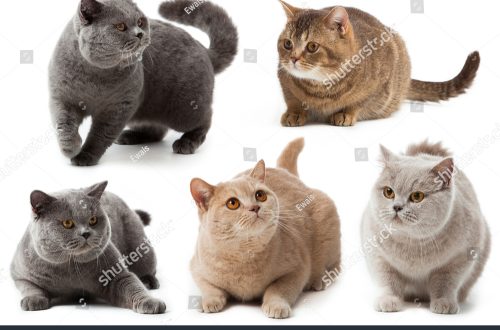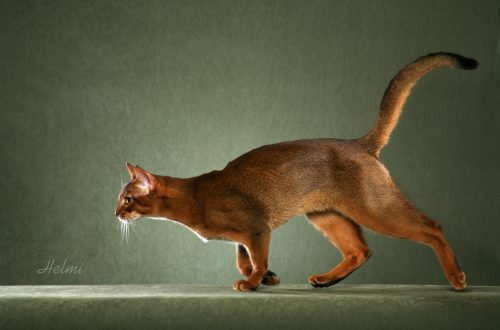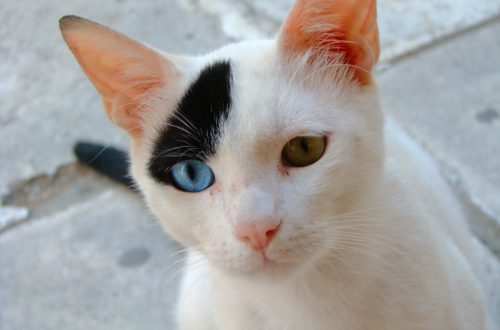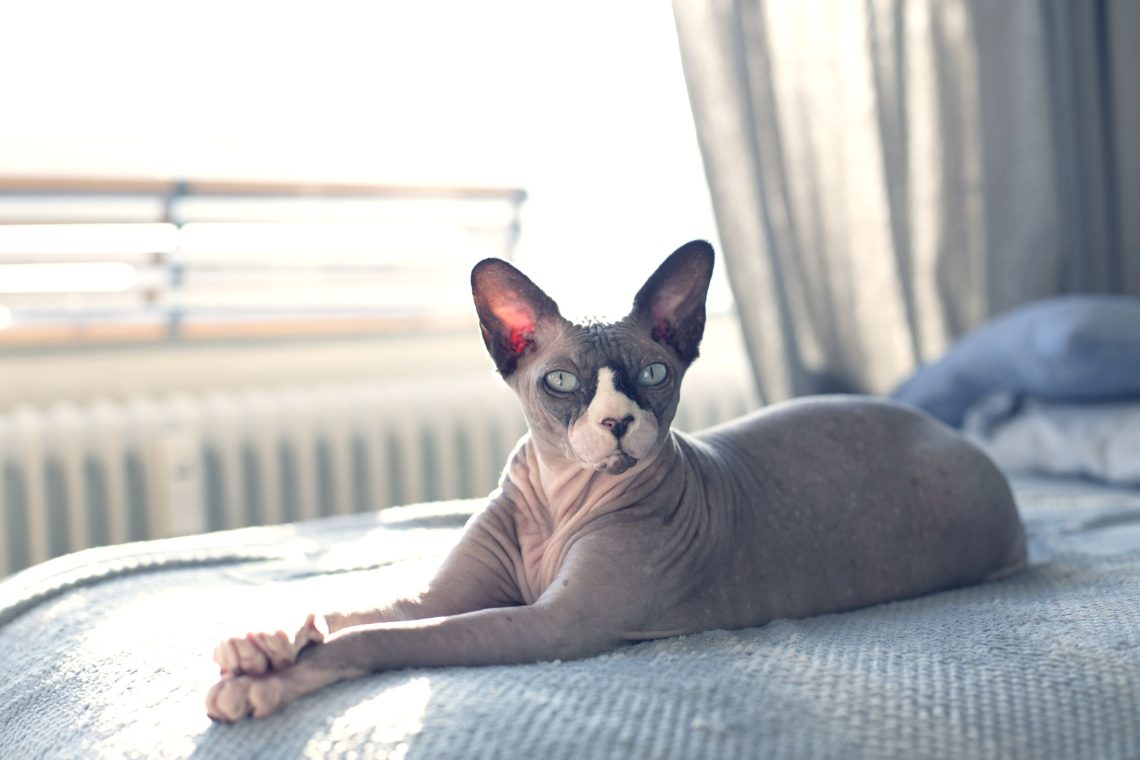
Hairless cats: breeds and features
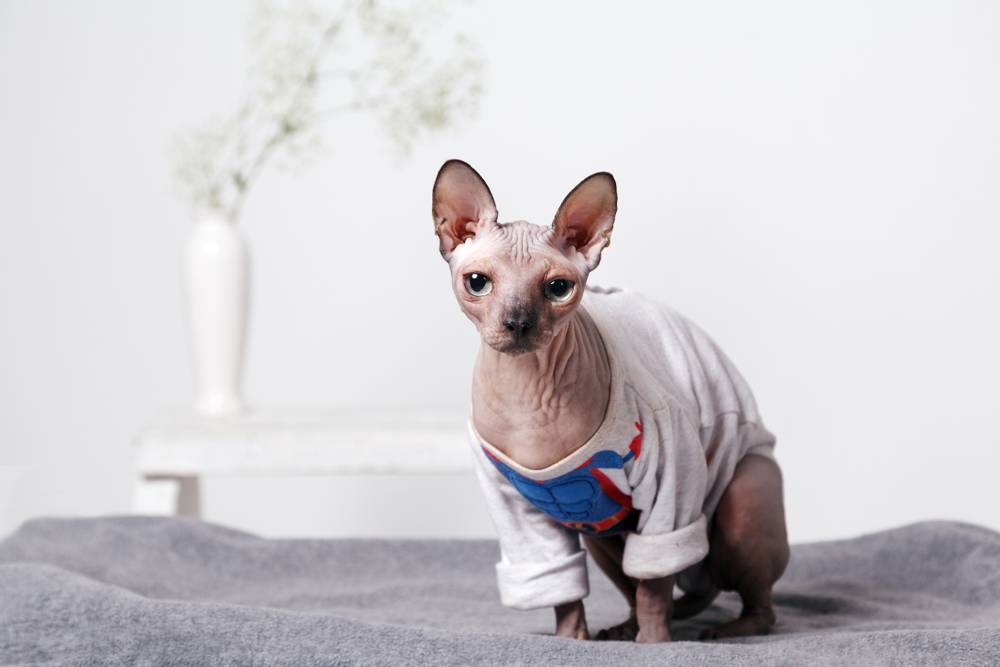
Indeed, a few decades ago they were not even heard of. Although historical sources say that such cats were known back in the days of the Mayans, real evidence of the existence of hairless cats appeared only at the end of the 80th century. And active selection began to develop only in the XNUMXs of the last century. Felinologists crossed animals with a gene mutation and selected bald offspring. The ancestor of the oldest breed – the Canadian Sphynx – was a hairless kitten named Prune. Now it is a well-known breed, recognized by all international felinological organizations.
Other breeds of hairless cats – the Peterbald and the Don Sphynx – are relatively young (about 15 years old). And all the rest – there are still 6 of them today – so far are only gaining recognition.
The first hairless cats were brought to Russia in the 2000s. And they immediately aroused great interest – many liked the hypoallergenic hairless creatures with an alien appearance. By the way, even bare skin can be of a different color! She is very tender, needs care, washing, lubrication with cream. You can wash these cats with either special or baby shampoos. After bathing, dry with a soft towel. Oddly enough, often these cats enjoy splashing in warm water. Cats in general love warmth, and even more so if they are deprived of a warm coat. So clothes will not hurt them at all, both for warmth in the cold season, and for protection from the sun in summer.
Hairless cat breeds:
Canadian Sphinx. The “oldest” breed, already well known and widespread to everyone. Bald, folded, eared, funny cat with huge transparent eyes. Numerous descendants of the cat Prune.
Don Sphinx. The ancestor of the breed is the cat Varvara from Rostov-on-Don. She is hairless herself, she gave the same offspring in the 80s of the last century. Indeed, the Sphinx – almond-shaped eyes on a serious muzzle look at the world with philosophical calm.
Peterbald, or Petersburg Sphinx. In the 90s in St. Petersburg, the Don Sphynx and the Oriental cat were crossed. The physique of the new breed resembles Orientals, on the skin – a suede undercoat.
Cohon. These hairless cats bred in Hawaii by themselves. The breed was named so – Kohona, which means “bald”. Interestingly, due to a gene mutation, cochons even lack hair follicles.
Elf. The distinguishing feature from which this as yet unrecognized breed gets its name is its huge, curled ears. Bred by crossing Sphynx and American Curl. First shown at an exhibition in the USA in 2007.
Dwelf. The result of breeding work on crossing Munchkin, Sphinxes and American Curls was presented to the public in 2009. Funny naked, eared, short-legged creature.
Bambino. Small, neat cat-dachshunds with a long thin tail. Sphynxes and Munchkins participated in the selection.
Minskin. The breed was bred in Boston in 2001 from long-haired Munchkins and Sphynxes with the addition of Devon Rex and Burmese blood. It turned out very well – conditional cashmere wool on the body, shaggy short paws and ears.
Ukrainian Levkoy. The breed receives the highest marks for the perfect combination of exterior and character. The progenitors are the Don Sphynx and the Scottish Fold cat. Descendants are funny and cute pets with funny curved ears, reminiscent of a Levkoy flower.
Photo:
April 23 2019
Updated: 9 May 2019
Thanks, let’s be friends!
Subscribe to our Instagram
Thanks for the feedback!
Let’s be friends – download the Petstory app



